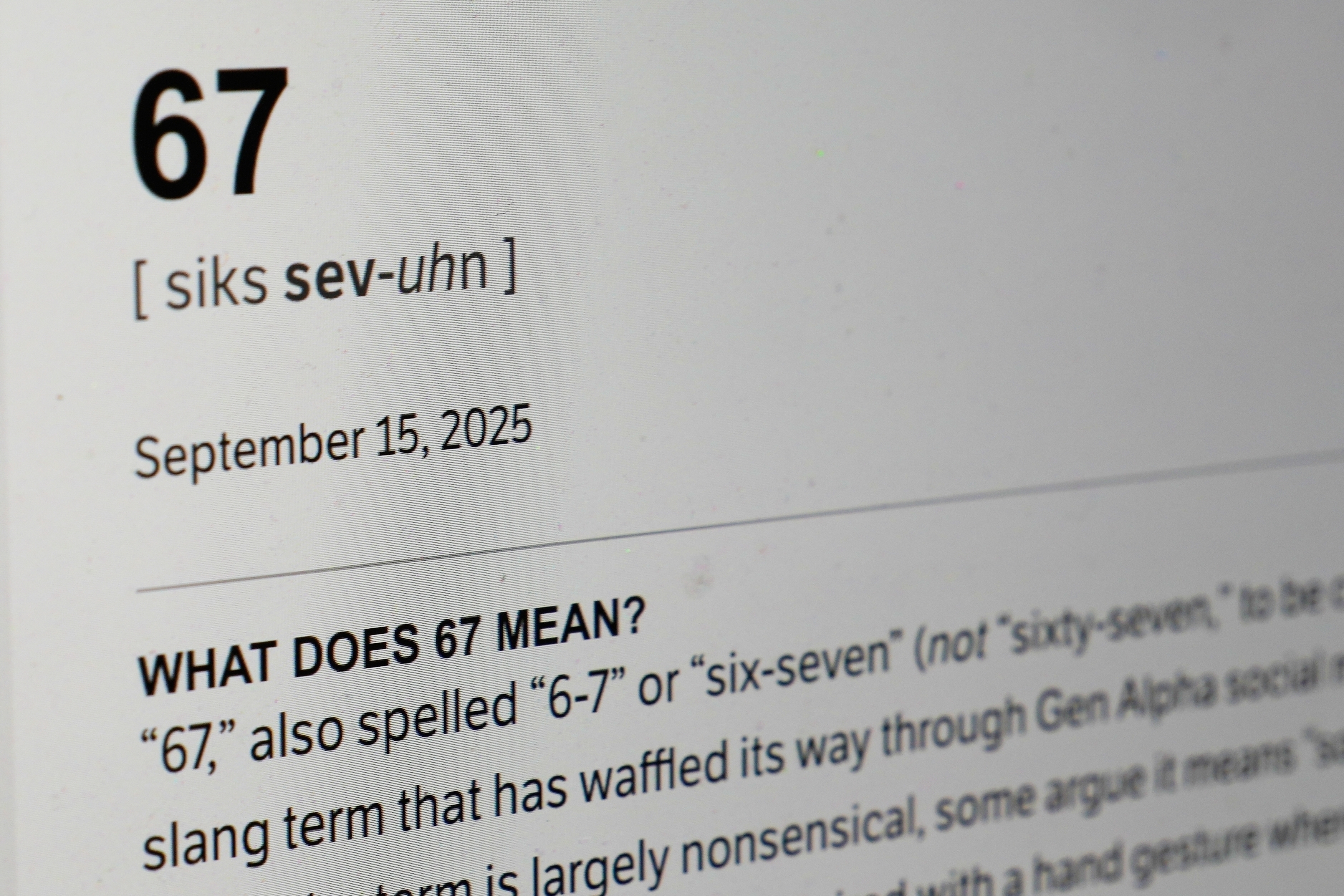For America's Appalachian coal mining communities, there's a shot at a safer future on the horizon.
"Passing this proposal is the difference between life and death," Erin Bates, Communication Director of the United Mine Workers of America, said.
In July, the U.S. Department of Labor's Mine Safety and Health Administration published a proposal to amend existing federal standards for exposure to respirable crystalline silica, or silica dust, a carcinogen that has been linked to potentially fatal illnesses such as black lung disease.
The proposal calls for silica exposure for miners to be limited to no more than 50 micrograms per cubic meter over the course of an eight-hour shift—half of what it currently is—placing it in line with the level already set by the Occupational Safety and Health Administration for construction and other non-mining industries.
"This is huge for the mine workers. We have been advocating for this rule for almost a decade," Erin Bates said.
Bates is the Communication Director for the United Mine Workers of America, a labor union best known for representing coal miners.
She says this proposal comes at a critical time as cases of black lung disease, often considered a disease of the past, are rising among coal miners.
"I don't think a lot of people realize that this is not something that maybe will happen to this miner or these miners. This is something that's definitely going to happen to these miners if they don't have the regulations that they need," Bates said. "What we're noticing is that even younger miners are starting to get this black lung."
According to the Centers for Disease Control and Prevention, it is estimated that 1 in 5 coal miners in central Appalachia are affected by black lung disease, with miners in Kentucky, Virginia, and West Virginia facing the most severe risk today.
The National Library of Medicine notes that scientists began recording a rise in cases of severe black lung disease in the early 2000s after regional clusters were identified in Appalachia, adding that between 2000 and 2012, the prevalence of the most severe form of black lung disease rose to levels not seen since the 1970s, when modern dust laws were enacted.

President Biden offers $450M for clean energy projects at coal mines
As many as five projects nationwide will be funded through the 2021 infrastructure law, with at least two projects set aside for solar farms.
To make matters worse, scientists say the disease appears to be progressing far more rapidly in this new generation of miners, with advanced cases of the disease "being acquired within as little as 7.5 to 10 years of beginning work in the mines."
"Silica exposures occur whenever you have the destruction of rock or the intentional creation of it," says Dr. Tim Nurkiewicz.
Dr. Tim Nurkiewicz is the Chair of Physiology and Pharmacology at West Virginia University and has spent much of his career researching inhalation toxicology.
He says part of what makes silica so dangerous is that our lungs are unable to expel it once we've inhaled it.
"The body's response is when it can't clear something, it will encapsulate and effectively take it out of the population, if you will," Nurkiewicz said. "If your entire lung surface area has, you know, pockmarks of silica, you suddenly have a lot of encapsulated areas. The destruction of that healthy epithelium or that lining in the lung, that leads to what is referred to as fibrosis. And it's essentially a stiffening of the lung."
Nurkiewicz says advancements in mining technology have unfortunately only made silica easier to inhale.
"The mining process has much higher-energy equipment with much more robust drilling bits and far more energy focused on smaller areas. It produces smaller silica particles," Nurkiewicz said.
Resulting in a deadly legacy extending across multiple generations.
"It's just a devastating disease," said Chelsea Barnes, Director of Governmental Affairs and Strategy, Appalachian Voices. "Most families in Central Appalachia are impacted by this in one way or another. You know, their dad, their brother, their grandfather, whoever. Like everybody's got a connection to the disease."
Chelsea Barnes is the Director of Governmental Affairs and Strategy at Appalachian Voices, an environmental organization.
She says the toll of the disease is likely far worse than current data suggests.
"It's very underrepresented of what's actually happening in communities because a lot of folks don't want to get tested or, you know, don't want to be diagnosed with the disease because they don't see a point. The benefits system is so broken and meager, they're worried about getting pushed out from the coal companies or other retribution from the coal companies, such as losing their benefits, things like that," Barnes said.
Barnes says while the proposal is a step in the right direction, there is a lot of skepticism among miners and their families that the government will actually follow through and enforce the proposal, especially when it comes to silica testing, if it gets final approval.
"There's all this corruption, and people feel like the rule is not strong enough to get around those loopholes. That the companies are still going to be able to change their operations during testing to make the data show that they don't have as much silica as they actually do," Barnes said.
Adding that these coal mining communities want nothing more than to feel seen and heard.
"It's tens of thousands of people. It's not millions of people. And I think sometimes that makes it so that lawmakers and agencies feel like they can ignore it," Barnes said. "When we talk to members of Congress or other agency folks, it's like you have to kind of go through the whole history of what's been going on because, like, they just don't hear very much about the problems with coal."
The Mine Safety and Health Administration is accepting public comments on the proposal until midnight Eastern Standard Time on Monday, August 28th.











